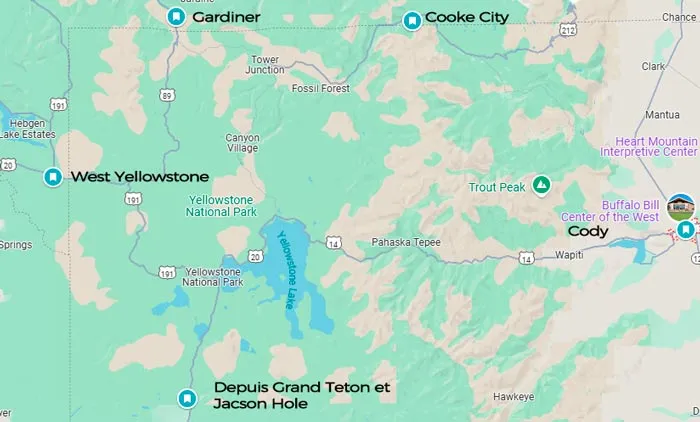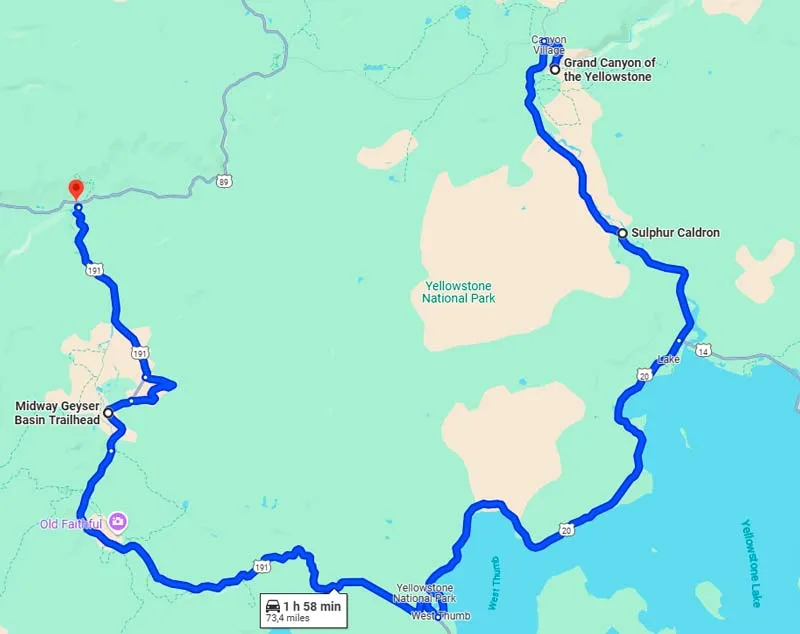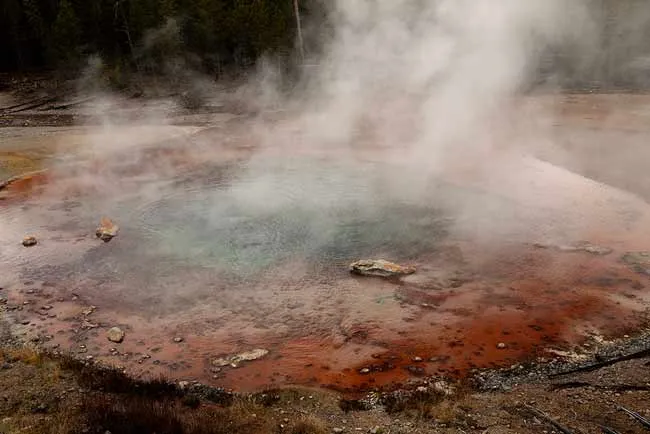Georgia, a country nestled at the crossroads of Eastern Europe and Western Asia, is celebrated for its breathtaking natural landscapes, ranging from the majestic Caucasus Mountains to the charming Black Sea coast. It’s an ideal destination for those who love adventurous travel and camping in the wild. However, the humid climate, especially in mountainous and coastal areas, can present challenges, particularly when it comes to starting a campfire. Don’t worry, with the right skills and knowledge, you can overcome this hurdle and fully enjoy a memorable camping experience in Georgia.
Effective Campfire Tips in Wet Environments
Starting a fire in dry weather is already a challenge, but it becomes significantly harder in damp surroundings. Yet, with careful preparation and the right techniques, you can create a warm fire and keep it burning steadily, even in the rain or after a downpour. Here are detailed steps and helpful tips to successfully start a campfire in wet conditions while camping in Georgia:
1. Prepare Moisture-Resistant Fire Starters
The first and most crucial step is to prepare all the necessary materials, especially those that are moisture-resistant or easily ignite even when damp. Here’s a list of items you should bring:
-
Moisture-resistant fire starters: Instead of relying solely on newspaper or dry twigs that easily get damp, prepare specialized fire starters that are highly moisture-resistant, such as:
- Fire starter cubes: Made from wax or mineral oil, fire starter cubes burn long and hot, unaffected by humidity.
- Wax candles: Ordinary wax candles are also a good choice, easy to carry and use.
- Vaseline-coated cotton balls: Make your own fire starters by coating cotton balls with Vaseline; they burn very well and for a long time.
- Birch bark (vỏ береза): This type of bark contains natural oils and is very easy to ignite, even when slightly damp.
-
Waterproof lighter or matches: Ensure you have at least one waterproof lighter or box of waterproof matches to have a reliable source of ignition. Waterproof matches are a better choice in wet conditions as they are less affected by wind and moisture than ordinary lighters.
-
Knife or small hatchet: To split firewood into smaller pieces and create smaller kindling, which helps the fire catch more easily.
-
Folding saw (optional): If you are camping in an area with many large trees, a folding saw will help you easily gather firewood of suitable sizes.

2. Choose a Dry and Sheltered Fire Location
Choosing the right location for your campfire is crucial to ensure successful ignition in wet conditions. Look for a spot that meets the following criteria:
- Dry: Choose a high and dry place, avoiding low-lying areas prone to water accumulation. If possible, find a large rock or dry tree stump to use as a base for your fire, helping to isolate it from the damp ground.
- Sheltered from wind: Strong winds can extinguish the fire and blow embers around, causing danger. Choose a sheltered spot, such as behind a large rock, tree trunk, or utilize natural terrain to block the wind.
- Safe: Ensure the area around the fire location is clear of flammable materials like dry leaves, dry grass, or low-hanging dry branches. Clear the surrounding area to create a safe zone, preventing the fire from spreading.
3. Find and Prepare Natural Kindling and Dry Firewood
Even in wet conditions, you can still find natural kindling and dry firewood if you know where to look. Focus on the following sources:
- Birch bark: As mentioned above, birch bark is an excellent natural fire starter in wet conditions. Look for dead birch trees or dry birch branches on trees, peel off the outer layer, and use the inner bark.
- Dry branches inside large tree trunks: Even when it’s raining outside, you can still find relatively dry branches inside large tree trunks or under dense canopies. Look for small branches that are dry and brittle when broken; they will make good kindling.
- Tree resin: Pine resin or resin from other trees is also highly flammable. Look for dried resin chunks or scrape resin from tree trunks.
- Reserve dry firewood: If you anticipate wet weather, try to gather as much dry firewood as possible before it rains and store it in a dry place (such as under the awning of your tent or covered with a tarp).
After gathering kindling and firewood, prepare them by:
- Splitting firewood: Use a knife or hatchet to split large firewood into smaller pieces of different sizes. Smaller firewood will ignite more easily and help the fire grow quickly.
- Drying firewood (if possible): If the firewood you find is slightly damp, try to dry it by placing it near the campfire (away from the flames to avoid spreading fire) or wiping it dry with a cloth.

4. Arrange Firewood in a Suitable Structure
How you stack firewood also affects the fire’s ability to ignite and sustain itself. In wet conditions, the tepee and pyramid structures are two effective firewood stacking methods:
-
Tepee structure:
- Place the fire starter in the center.
- Arrange small kindling sticks around the fire starter, forming a tepee shape.
- Continue stacking larger firewood on top, maintaining the tepee structure, leaving gaps for air circulation. The tepee structure helps concentrate heat on the fire starter and creates good airflow for a strong fire.
-
Pyramid structure:
- Place the largest firewood pieces at the bottom, parallel to each other.
- Stack smaller firewood pieces perpendicularly on top of the large firewood layer, forming a square or rectangle.
- Continue stacking progressively smaller layers of firewood on top, forming a pyramid shape, with the fire starter at the apex. The pyramid structure provides a stable base and helps the fire burn gradually from top to bottom.
5. Fire Starting and Maintenance Techniques
Once you have prepared all the materials and stacked the firewood, proceed to start the fire following these steps:
- Place the fire starter: Place the fire starter (cubes, wax candle, Vaseline-coated cotton ball, birch bark) in the center of the firewood structure.
- Ignite the fire starter: Use a waterproof lighter or matches to ignite the fire starter. Shield the initial flame from wind and rain (if any) by using your hand or a windbreak.
- Blow gently: When the fire starter begins to burn, blow gently at the base of the flame to provide more oxygen, helping the fire spread to the small kindling.
- Add firewood from small to large: Once the small kindling is burning steadily, gradually add larger firewood, starting with smaller pieces and then larger ones. Stack the firewood to ensure there are still gaps for air circulation.
- Maintain the fire: Continue adding firewood as the fire weakens, being careful to stack it so that the fire always receives enough oxygen and does not get smothered by smoke.
Additional tips:
- Be patient: Starting a fire in wet conditions may take more time and effort than usual. Be patient and try again if the first attempt is unsuccessful.
- Protect the fire from rain: If it’s raining, set up a temporary shelter using a tarp or raincoat to protect the fire area from direct rain.
- Use aluminum foil: Lining a layer of aluminum foil under the fire starter can help reflect heat and protect the fire starter from moisture from the ground.

Important Safety Notes When Building a Campfire
Regardless of where you are camping, safety is always the top priority. When building a campfire, always follow these safety principles:
- Comply with fire safety regulations: Learn and comply with fire safety regulations in the camping area. Some areas may completely prohibit campfires or require permits.
- Do not build fires under tree canopies or near flammable materials: Choose a fire location at least 3 meters away from tree canopies, bushes, dry grass, and other flammable materials.
- Never leave a fire unattended: Always have an adult present at the campfire when it is burning. Never leave the fire without completely extinguishing it.
- Prepare fire extinguishing tools: Always have water, sand, a fire extinguisher, or a shovel ready to extinguish the fire promptly in case of emergency.
- Extinguish the fire completely before leaving: When you no longer need the fire or when leaving the campsite, extinguish it completely. Ensure there are no embers left smoldering by pouring water or burying it in sand and checking thoroughly.
Enjoy a Warm Camping Experience in Georgia
With these skills and tips, you can confidently start a campfire successfully even in wet conditions while camping in Georgia. Remember that careful preparation, choosing the right location, and applying proper techniques are key to overcoming this challenge. A warm campfire not only provides light and warmth but is also the heart of every camping trip, where you and your loved ones can gather around, share stories, and enjoy memorable moments amidst the wilderness of Georgia. Wishing you joyful and safe camping trips!